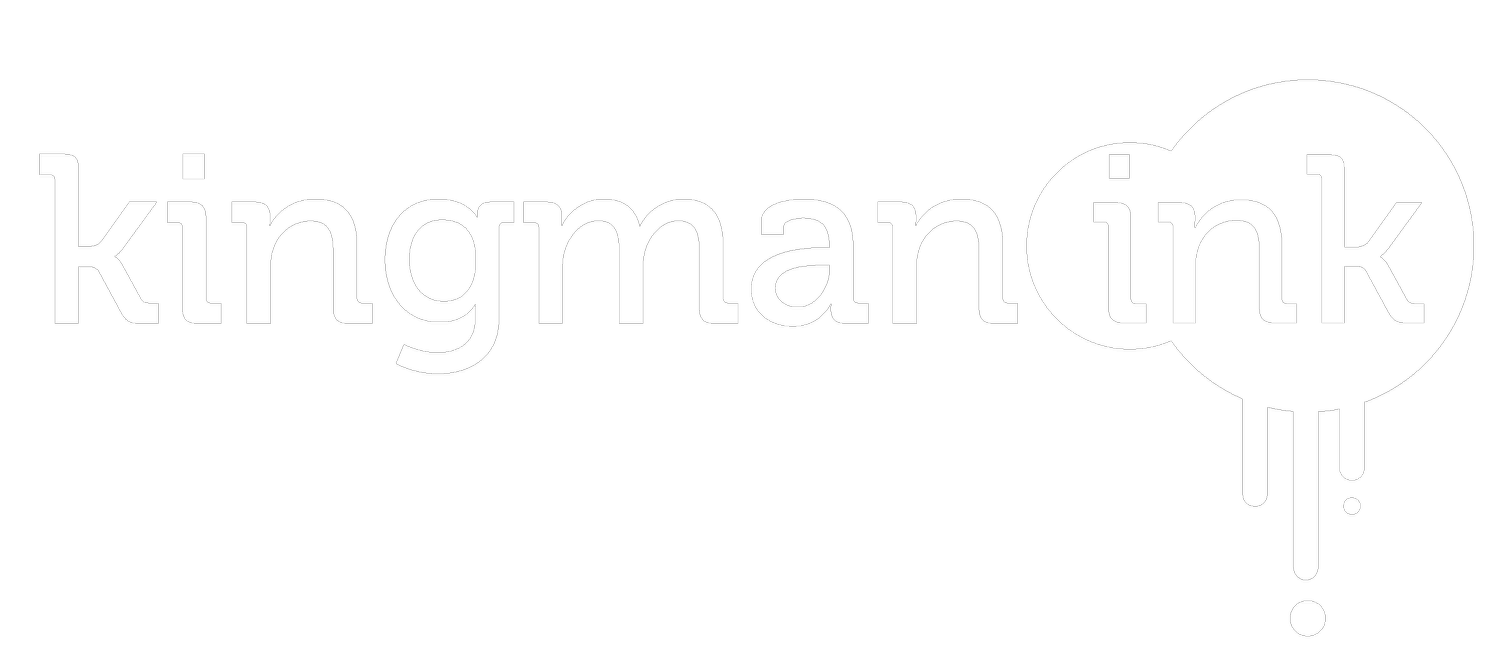Turns out we’ve been planning things all backwards.
Says who? Well, experiential designers Jenny Gottstein and Olivia Vagelos of IDEO Play Lab. In case you’re wondering, experiential design is about creating events that are transformative, time-bound experiences. The transformation can be small or large. The experience itself can incorporate elements of game design, like a cyber-attack escape room for a mayors’ conference. It can also be very simple and subtle, like handwritten notes and an ice-breaker activity for wedding guests.
Gottstein and Vagelos broke down the design steps in their recent webinar, How to Prototype An Awesome Experience: From Board Meetings to Birthdays. Check out my handy visual guide to their process 🖌️
Start with the humans, your audience.
Too often we start with the activities or content we want to pack into an event. The IDEO Play Lab team suggests that we start with the feelings, move to a theme for the event, and then define the activities that a group will participate in.
Whether it’s getting people to understand a concept, encouraging them to share, or giving them a sense of calm, ultimately it’s about trying to change the internal state of a human being — and that’s the place we need to start. You can’t just tell someone to feel something, we have to inspire the feeling.
So to get a handle on your audience, it helps to spend time thinking about where they’re at and where you want them to end up, from an internal perspective. Here are three questions to help frame your understanding:
Who are they to one another?
Do they know each other? Are there roles or power dynamics that might set the stage?
Why are they there?
Why did they come? What are the needs, motivations and expectations?
What do I want them to FEEL?
Get clear on what you think that emotional shift could be.
Design for the key moments.
We can’t design every second of an experience, and we shouldn’t. Participants tend to remember key moments, especially when they evoke a feeling. The Play Lab team suggests investing lots of time making your start and end moments special and not just an afterthought.
Opening Moments
An opening moment can set the tone and the "rules of engagement” for your experience. It helps people transition in and orient themselves to what the experience will be about. In game design, the term for opening moment is “entering the magic circle.”
For opening moments, ask yourself:
How can you help your audience feel included and then connected to each other?
Example: A wedding couple gave everyone a bag with cards that had a fun but obscure fact about another wedding guest. Everyone then had to find the person that matched their card, giving guests a way to get acquainted with each other.
How do you give it pizzazz, but with purpose?
Example: An investor pitch for an oral care product opened with a “brushing competition” via zoom. It created a visceral experience tied to discussion points in the pitch, and a more personal connection to the product.
Closing Moments
Humans love patterns, and a good closing makes for a more satisfying experience that feels “like a puzzle piece falling into place.” A good closing will also reinforce the value of the group’s work and create an emotional connection that helps solidify the transformation.
For closing moments, ask yourself:
How can we return or close a loop?
Example: Bring back a joke or a question from the beginning, or even have people return to the same physical space.
How can we honor what has been accomplished or celebrate a transformation?
Example: IDEO led scientists through guided visualization about the long-term future impact of their work. They wrote a headline that could appear in a future newspaper article. Months later, the IDEO team mocked up a newspaper with headlines photoshopped into articles. Tears were shed!
Create prototypes and “play” test.
“We have ideas that fall entirely flat,” said Gottstein, “but they get cut in prototype stage.” We need to strike a balance between overplanning every moment and underplanning the ones that really matter. A good way to find this balance is to test, test and test again.
“Don't just plan it, PLAY it.” - Olivia Vagelos
Play testing an experience can actually reveal some surprisingly valuable information when things go wrong. For instance, the IDEO Play Lab tested an immersive spaceship experience for 4th graders using tablets for each kid. When half of them broke during one run-through, the experience designers realized that sharing tablets actually helped the kids think out loud and reason through the experience together, making it better.
IDEO Play Lab’s tools for prototyping an experience:
The brain dump doc: Gather ideas for all of the possible elements of the experience. Build a rough outline for what could happen in this experience in the allotted time.
Turn it into a “run of show.” Guestimate how much each "chunklet" of an experience will take and divvy up responsibility for the elements if you’re working on a team.
Practice, practice, practice! “Face plant, enthusiastically!” encourages Vagelos. You want a few VBRTs (“vee-bert”), stands for Very Bad Run Through. Everyone does their piece and you time your team or yourself. Once you’ve made some adjustments, invite a few test audience members to a VGRT (“vee-gurt”) and get feedback.
But does this work for virtual experiences?
Yup, say Vagelos and Gottstein. “Challenge people's assumptions about what they expect,” says Vagelos. “If the audience expects everyone to behave in X, Y, Z way, begin to poke at those assumptions. Look at each and ask, which can we flip?” Just don’t forget to test, test, test.
The webinar was hosted by IDEO U @IDEOU and is available to watch via Facebook. You can find the full audio on the Creative Confidence Podcast.




